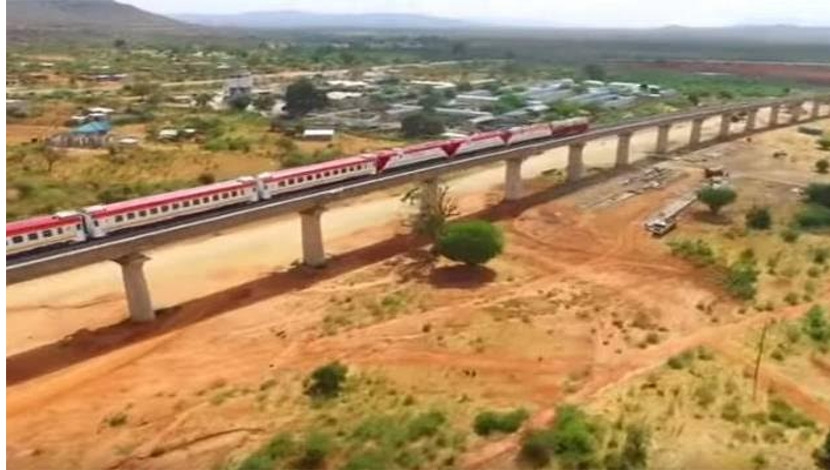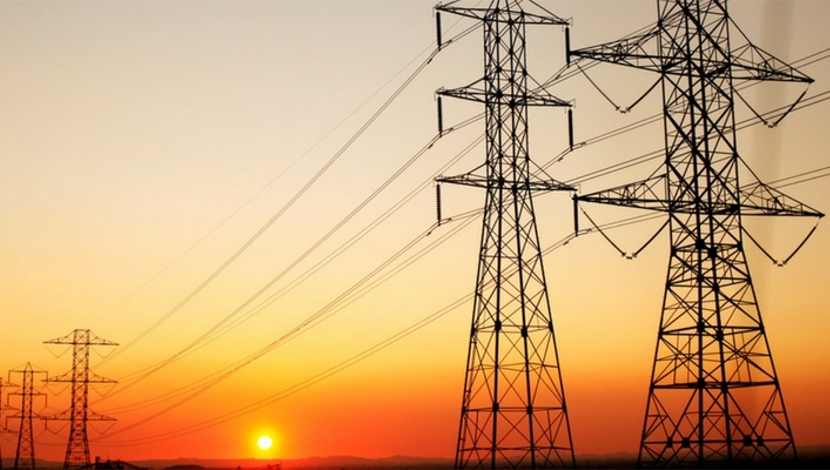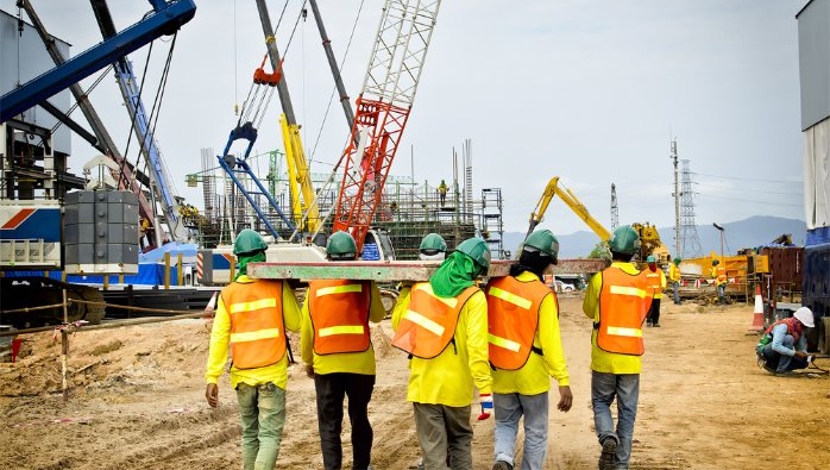

More than a century after a colonial railway gave birth to modern Kenya, the country is betting on a new Chinese-built route to cement its position as the gateway to East Africa.
The $3.2 billion railway linking Nairobi with Mombasa will Wednesday take its first passengers on the 472-kilometre journey, allowing them to skip a hair-raising drive on one of Kenya’s most dangerous highways.
The railway is the country’s biggest infrastructure project since independence, and while it has courted controversy, it is a key selling point for the ruling Jubilee party ahead of August elections.
It is also part of a “master plan” by East African leaders to connect their nations by rail, with the Standard Gauge Railway (SGR) planned to eventually link Uganda, Rwanda, South Sudan, Burundi and Ethiopia.
“There is no country which has ever developed without having a very robust railway system. It was long overdue,” Kenya’s Transport Minister James Macharia said.
He said not upgrading the railway in over 100 years “has dragged us backwards in terms of development.”
It was on May 30, 1896, that colonial Britain began building a railway from what is today Kenya’s coast to improve access to the riches of Uganda, showing little interest in the wild land in between.
The construction of the railway is the stuff of legend, with British and Indian workers terrorised by a pair of lions said to have devoured some 135 men.
The train was later dubbed the “Lunatic Express”.
The World Bank, and others, warned that building a new railway, instead of refurbishing the old one, was by far the most expensive option.
However, the government went ahead with the project, skipping an open tender to make a direct deal with China — whose Export/Import Bank has loaned Kenya 90% of the venture’s cost.
Macharia said the government expects the railway to boost GDP by 1.5%, allowing them to pay back the loan “in about four years”.
Trucks currently take two days to carry goods from Mombasa to Nairobi, while the train will take eight hours. Passenger trains will take around five hours.
The railway will be managed by the Chinese contractor for five years, with 610 Chinese workers in charge, while Kenyans are trained to take over.
The railway has also concerned environmentalists, as it cuts through a key wildlife migration route.
The next leg of the SGR, to connect Nairobi with the Rift Valley town of Naivasha at a cost of $1.5 billion has also caused a furore as it will cut through the capital’s iconic national park.
The government is currently negotiating the financing to link Naivasha to Kisumu near the Ugandan border, which Macharia says is expected to cost another $3.5 billion.





